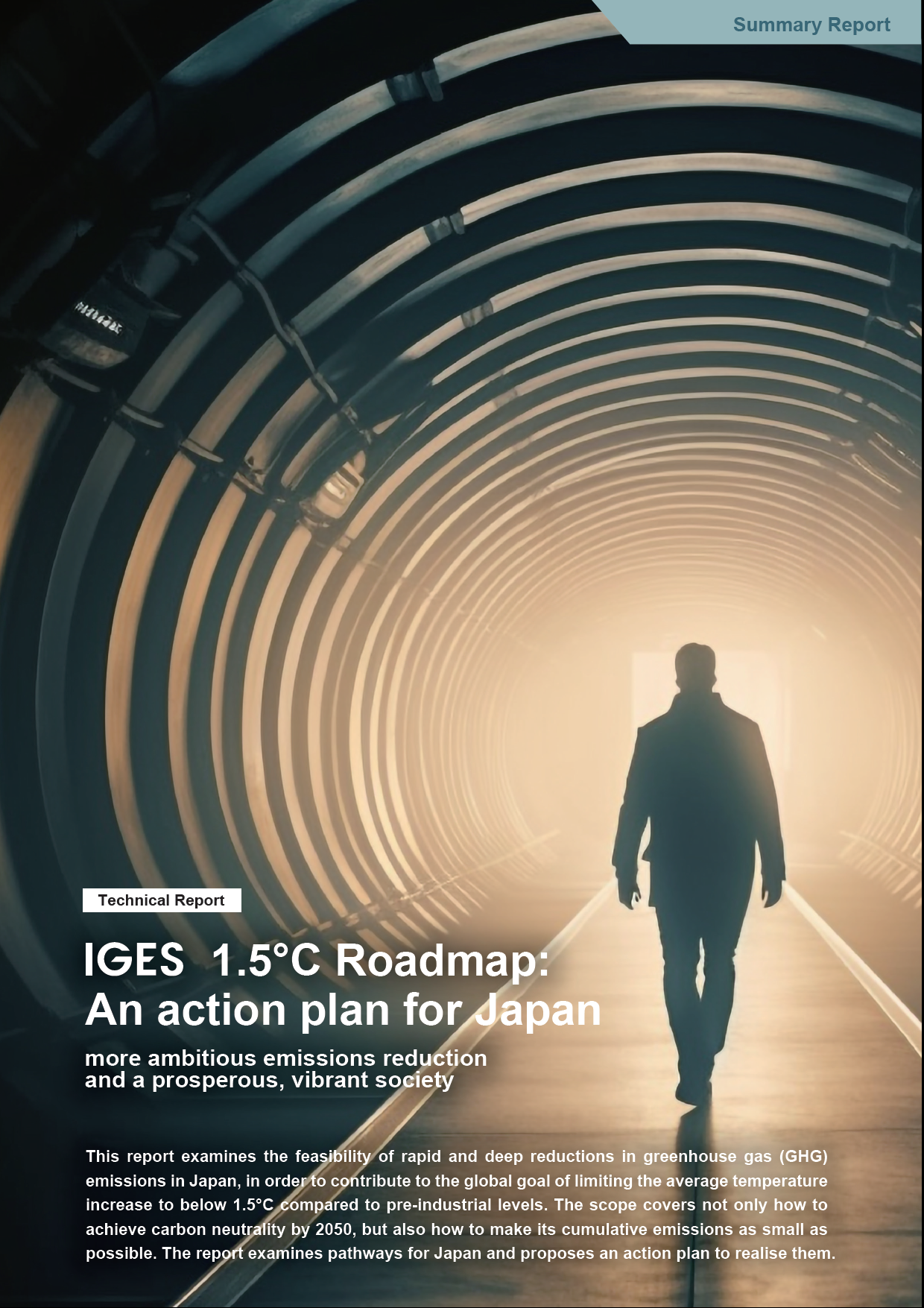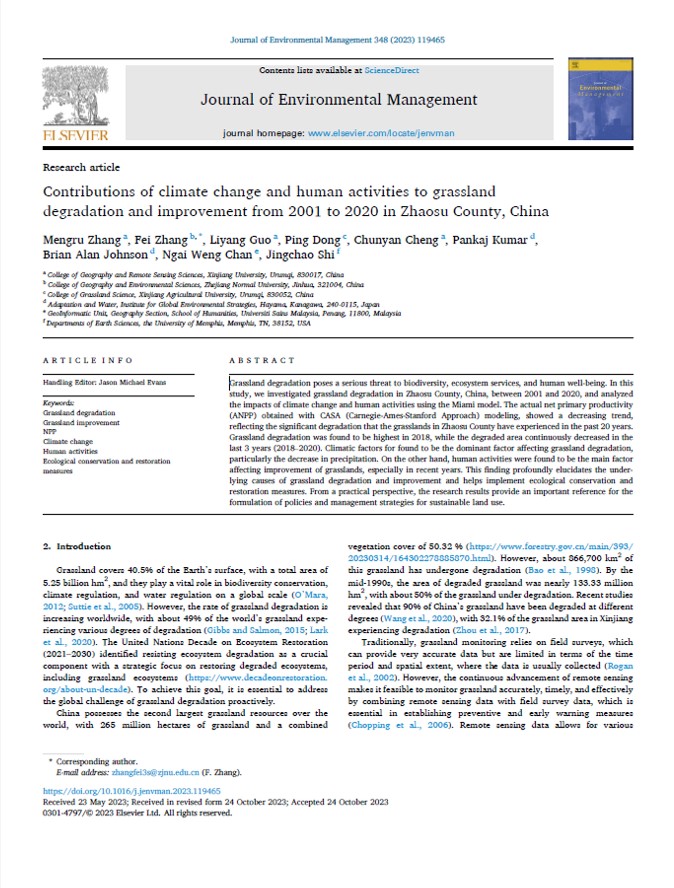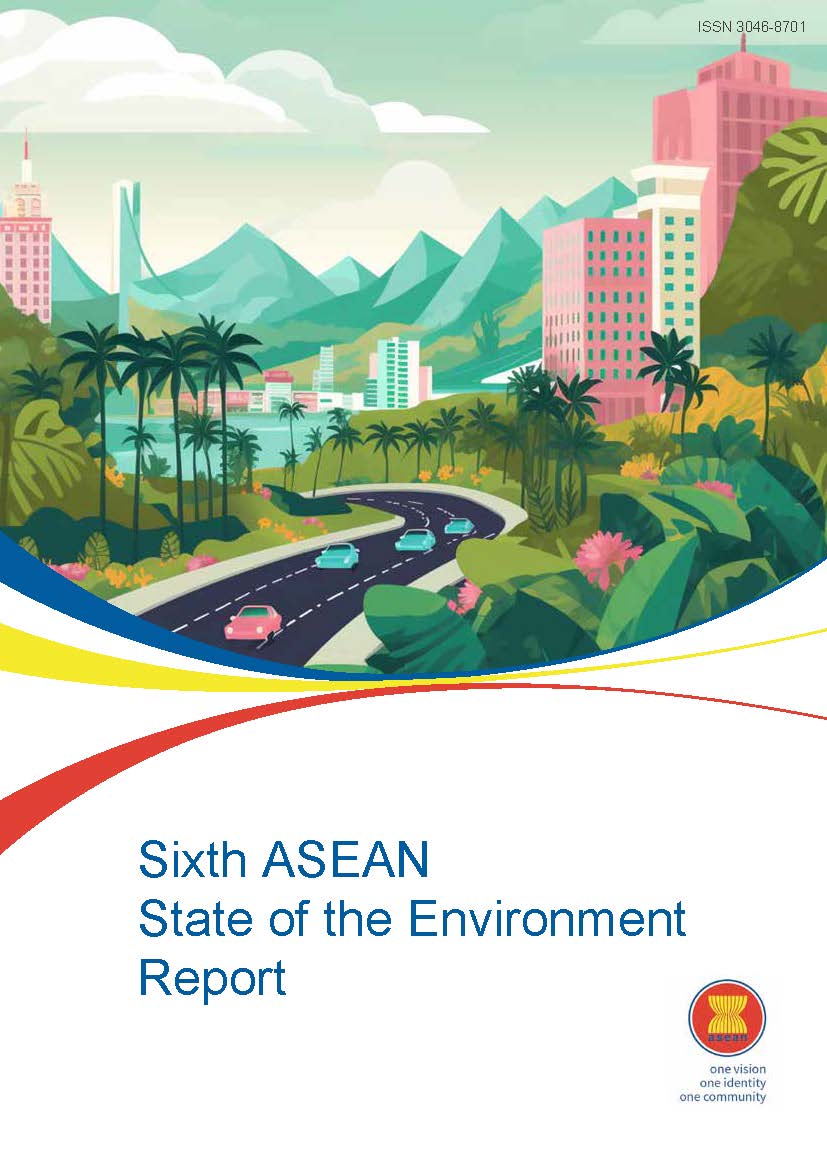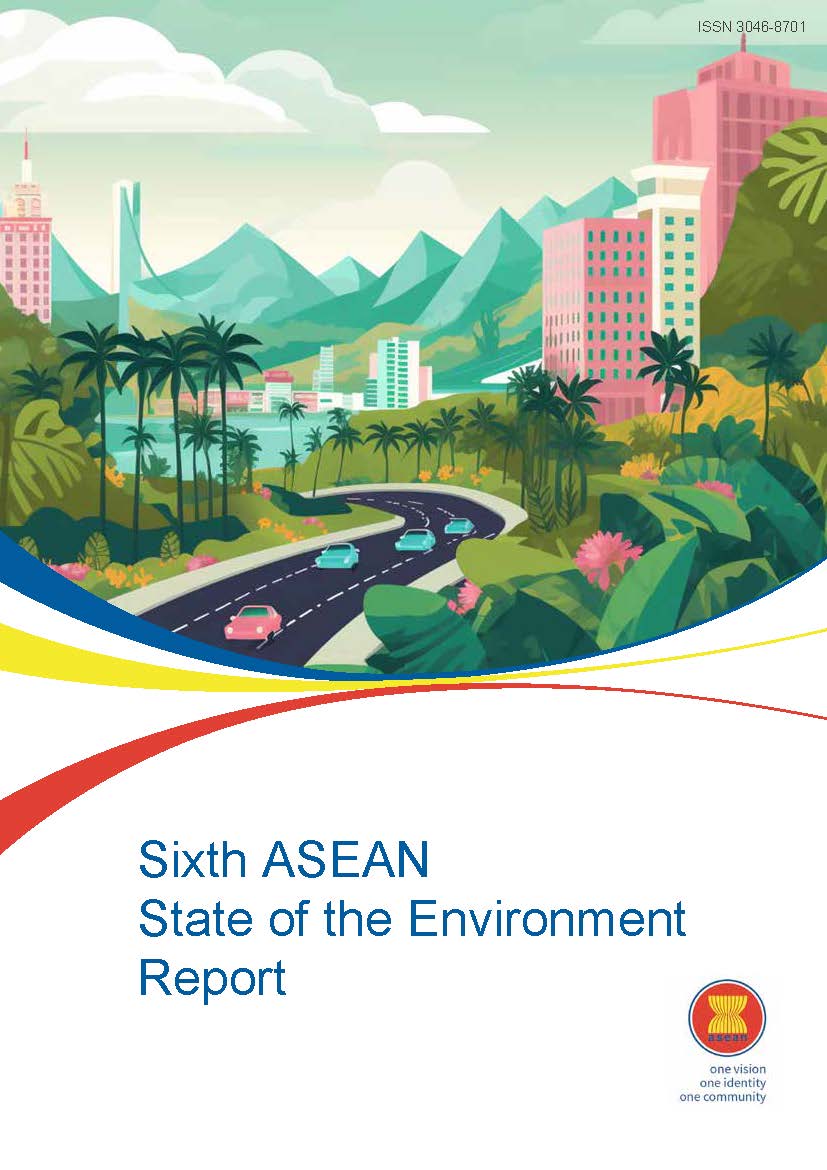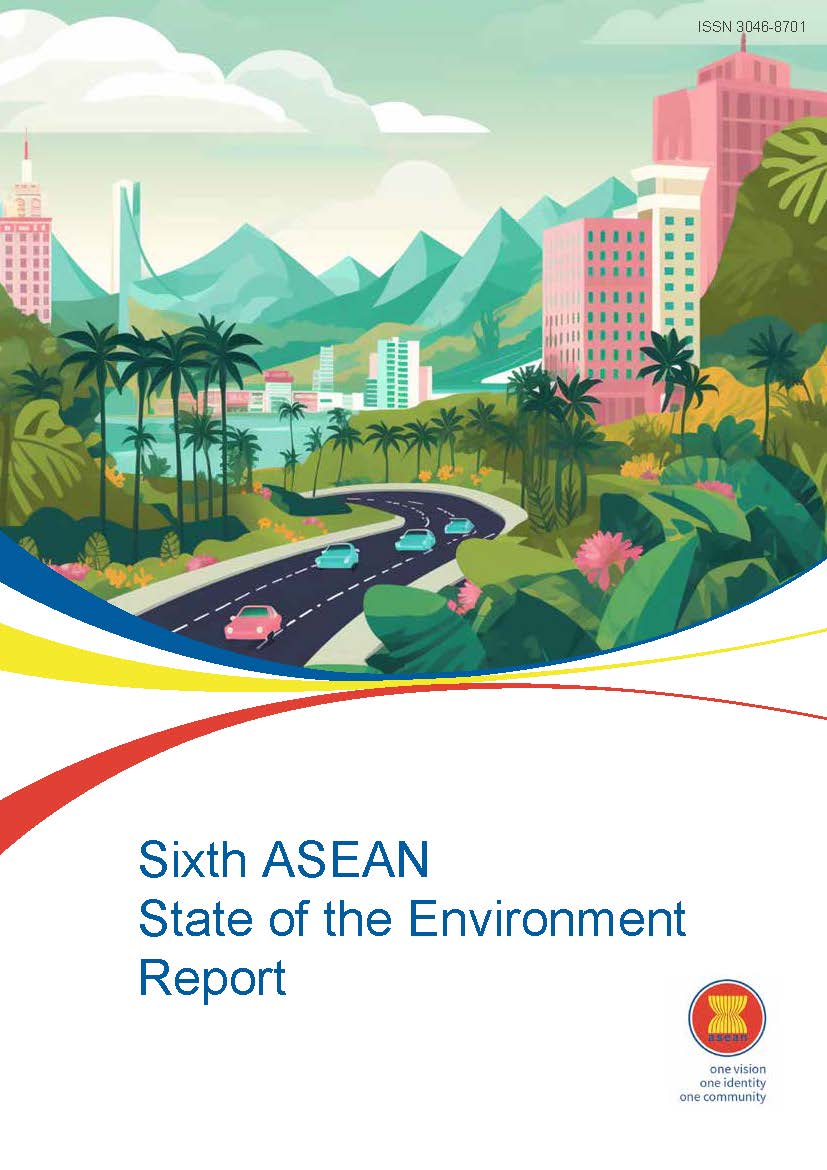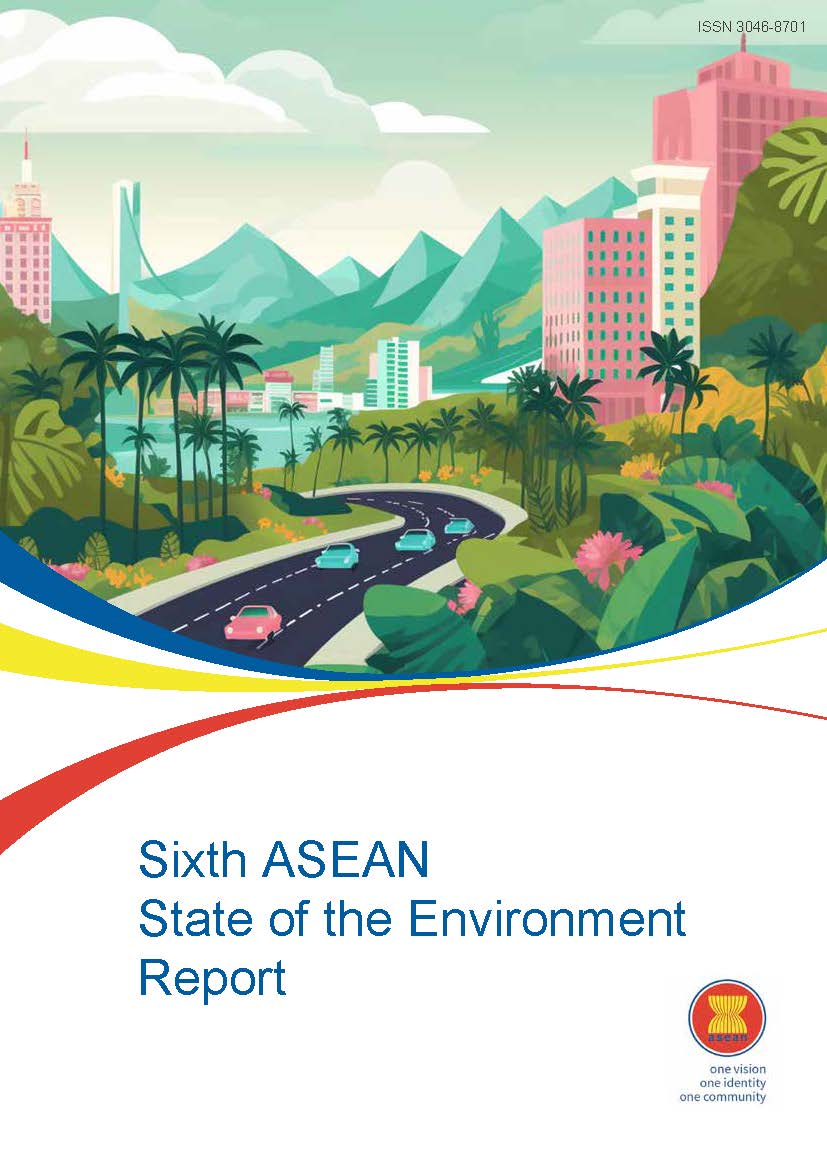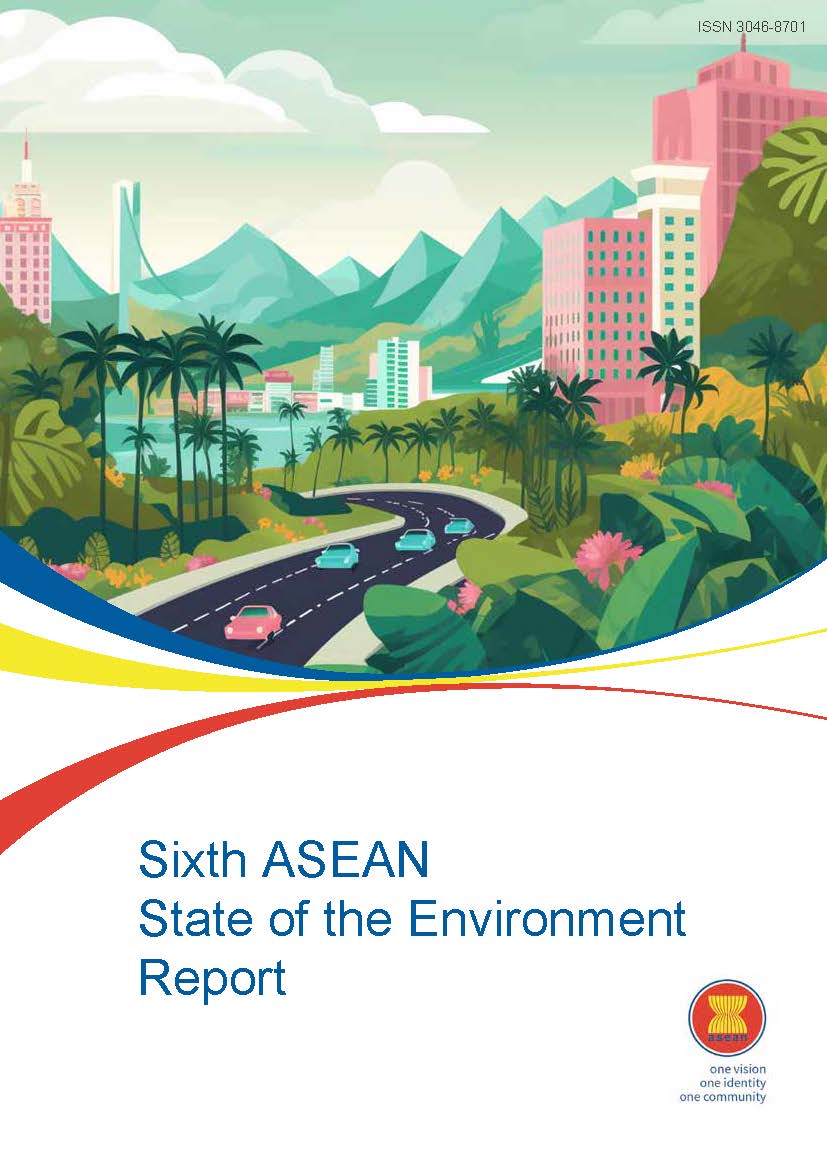本レポートは、世界平均気温の上昇を産業革命前と比べて1.5℃以内に抑えるという目標の達成に向けて、2050年までにカーボンニュートラルを実現するだけではなく、累積排出量をできる限り小さくする観点から、日本国内で早期に大幅な温室効果ガス(GHG)排出量削減を果たす可能性を検討し、その実現のためのアクションプランをまとめたものである。 2024年4月2日更新 謝辞の追記、出典の追記、誤記の修正を行いました。 企業の方向けに使いやすく再構成した「 1.5℃ロードマップ - 脱炭素でチャンスをつかむ。未来をつくる。 」もご活用ください。
- Clear all
- Publication Year: (-) 2023
- Topic: (-) Adaptation
- Topic: (-) Sustainable Consumption and Production
- Region/Country: (-) Asia
- Region/Country: (-) New Zealand
Results 1 - 10 of 58 (Sorted by date)
This report examines the feasibility of Japan not only achieving carbon neutrality by 2050, but also making significant reductions in greenhouse gas (GHG) emissions, so as to make its cumulative emissions as small as possible, thereby contributing to the global goal of limiting the average temperature increase to below 1.5°C compared to the pre...
In Journal of Environmental Management
Grassland degradation poses a serious threat to biodiversity, ecosystem services, and human well-being. In this study, we investigated grassland degradation in Zhaosu County, China, between 2001 and 2020, and analyzed the impacts of climate change and human activities using the Miami model. The actual net primary productivity (ANPP) obtained with...
In Circular Economy Adoption Catalysing Decarbonisation Through Policy Instruments
This chapter provides the most recent policy frameworks for sound material-cycle society (SMCS) and promoting the 3Rs (reduce, reuse, and recycle) as well as circular economy transition in Japan, with some illustrations of the best practices carried out by the private sector and Japanese local governments as outcomes.
Keywords:
Editor:
The ASEAN State of the Environment Report (SOER) is a regular flagship publication of the ASEAN Senior Officials on Environment (ASOEN) which is periodically published every 3-5 years. The SOERs present a comprehensive review of the state and trends of the environment, the pressures on it and the drivers of those pressures, and the national and...
In Sixth ASEAN State of the Environment Report
As the nature of environmental issues is constantly changing, the development of the Sixth ASEAN State of the Environment Report (SOER6) is pivotal to equipping the ASEAN Member States (AMS) with up-to-date information on the status and trends of the region’s environment. SOER6 has several new elements. It assesses the progress and contribution...
In Sixth ASEAN State of the Environment Report
• As ASEAN increasingly transitions away from its agrarian traditions and becomes a core part of the global supply chain, improved environmental management of chemicals and waste is imperative. • Manufacturing is now a major contributor to AMS' gross domestic product (GDP) and exports but too many outdated factories in some developing ASEAN...
In Sixth ASEAN State of the Environment Report
● Many environmental responses tackle the impacts that appear at the end of a long chain of logic, such as premature deaths from air pollution, but they rarely address the underlying “drivers” of change. ● In the ASEAN region, these drivers include economic strategies that are geared towards creating an ASEAN economic community, continued...
In Sixth ASEAN State of the Environment Report
This report comprehensively reviewed the state and trends of the environment, the pressures on it and the drivers of those pressures, and the national and regional initiatives in place to address environmental concerns, using the DPSIR framework, and provided an overall outlook for the ASEAN environment. New elements, especially the SDGs, Paris...
In Sixth ASEAN State of the Environment Report
• The drivers of resource consumption are population growth and economic development, leading to unsustainable consumption and production in the ASEAN region. • Increased consumption will lead to higher material extraction and processing. The current model of resource consumption has a linear flow (production→consumption→waste) and will lead to...


